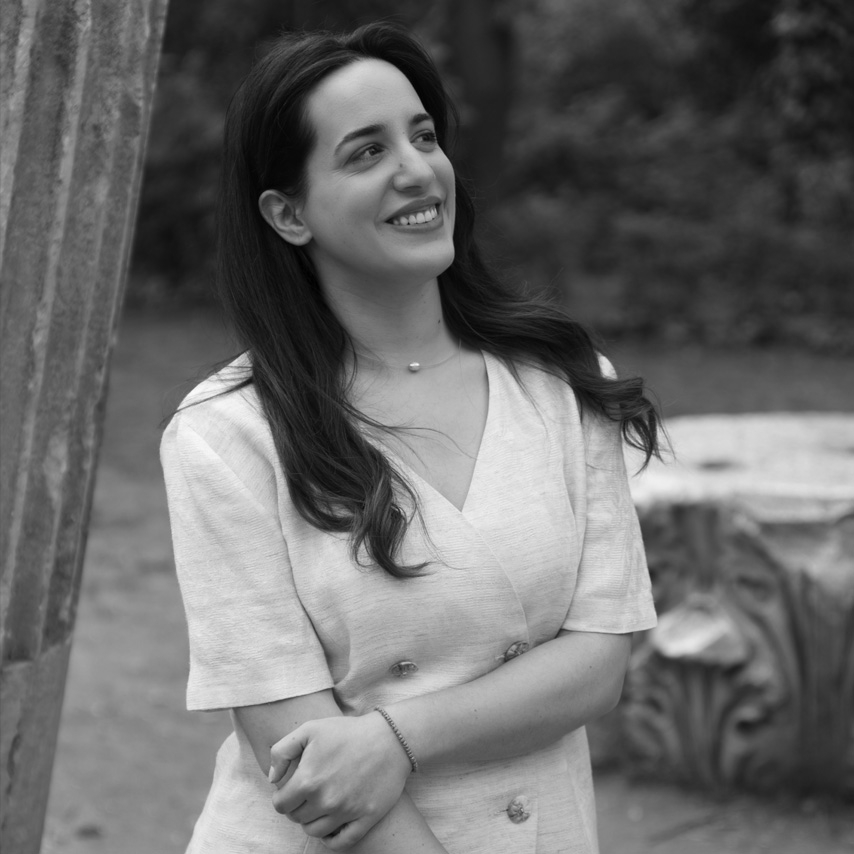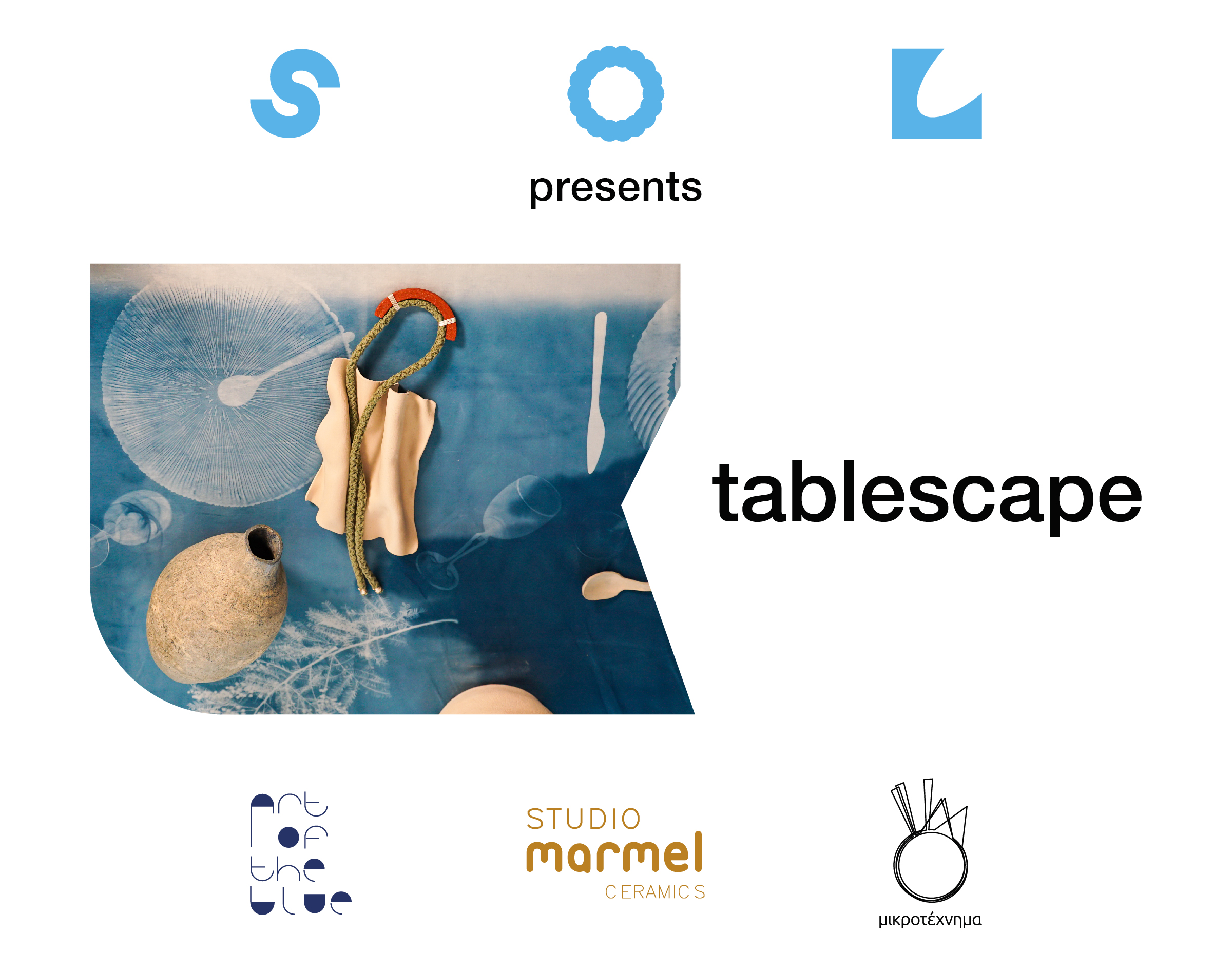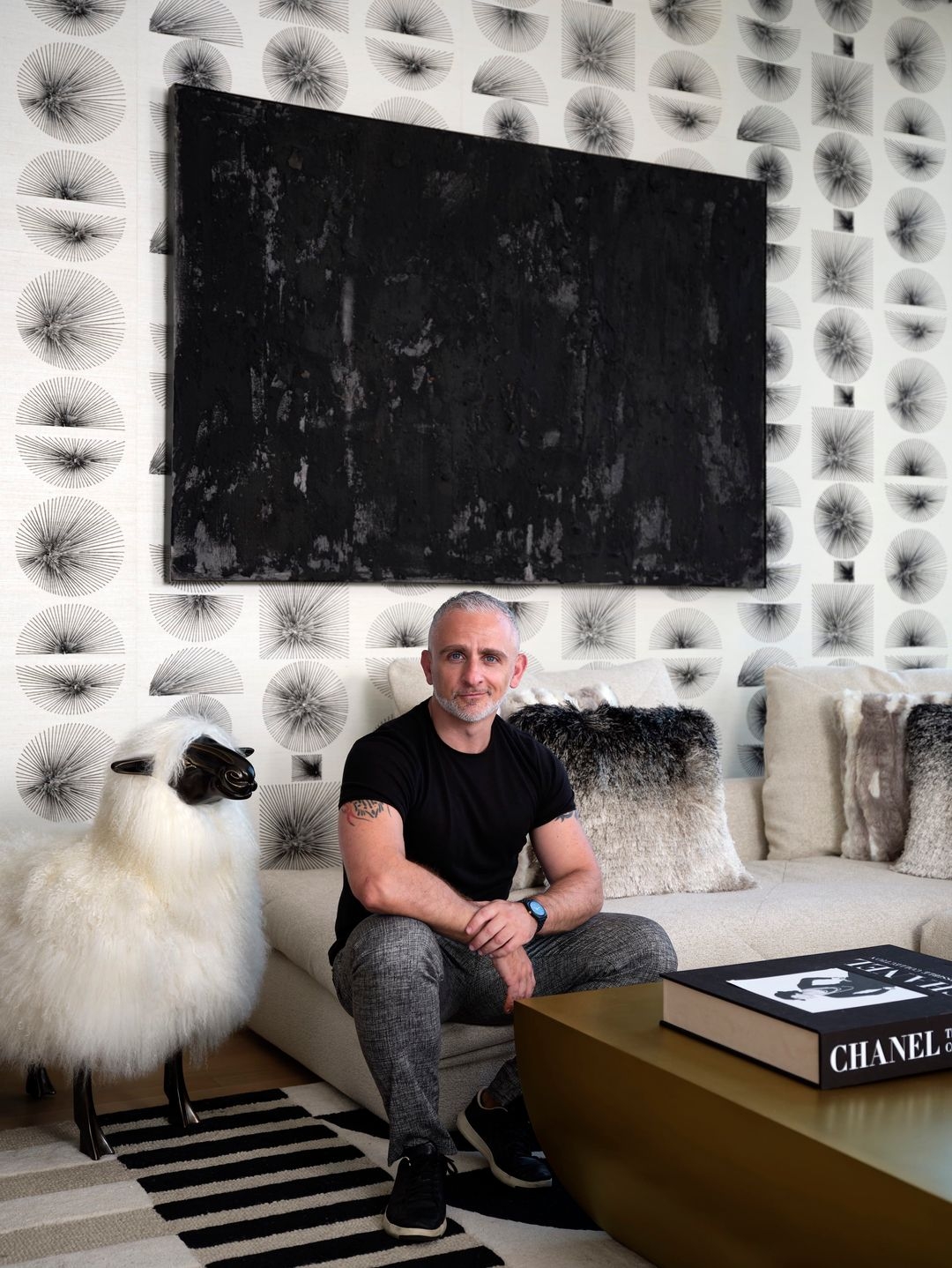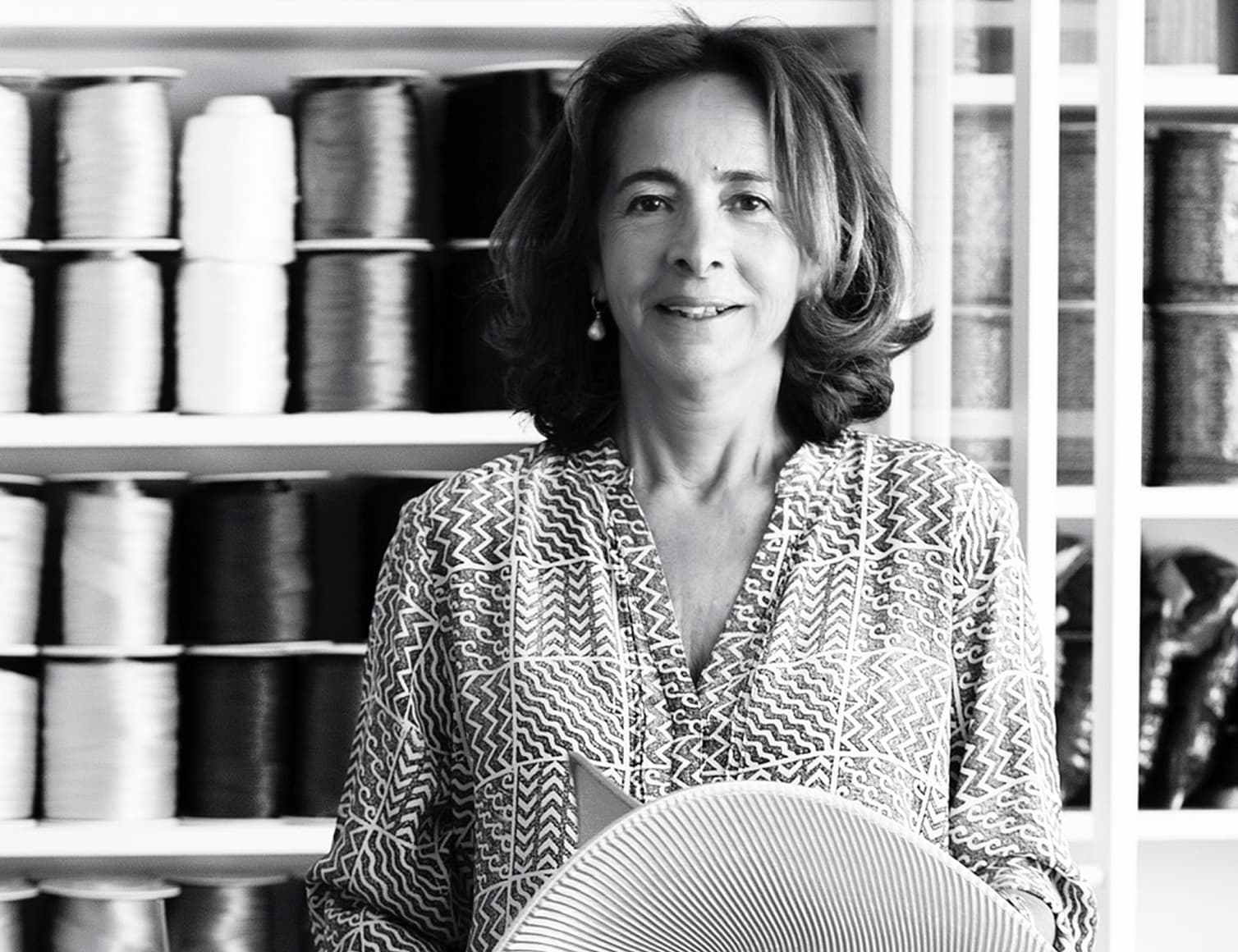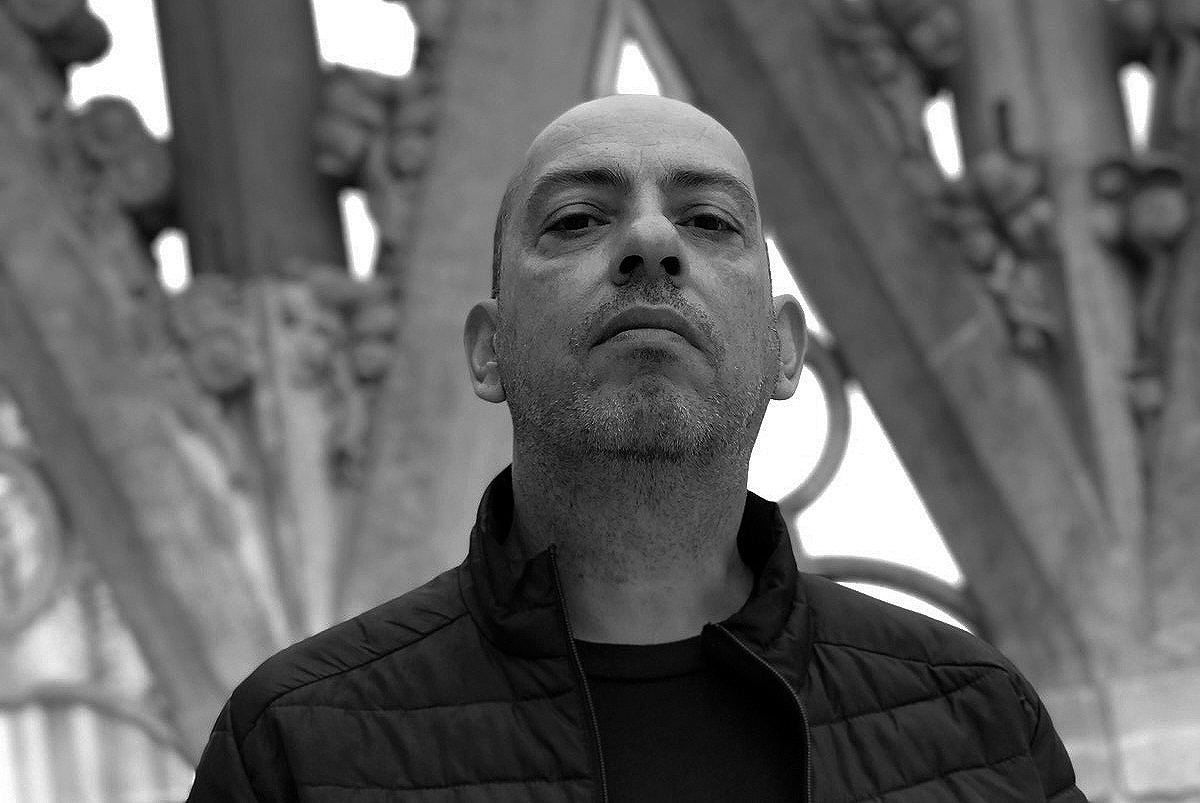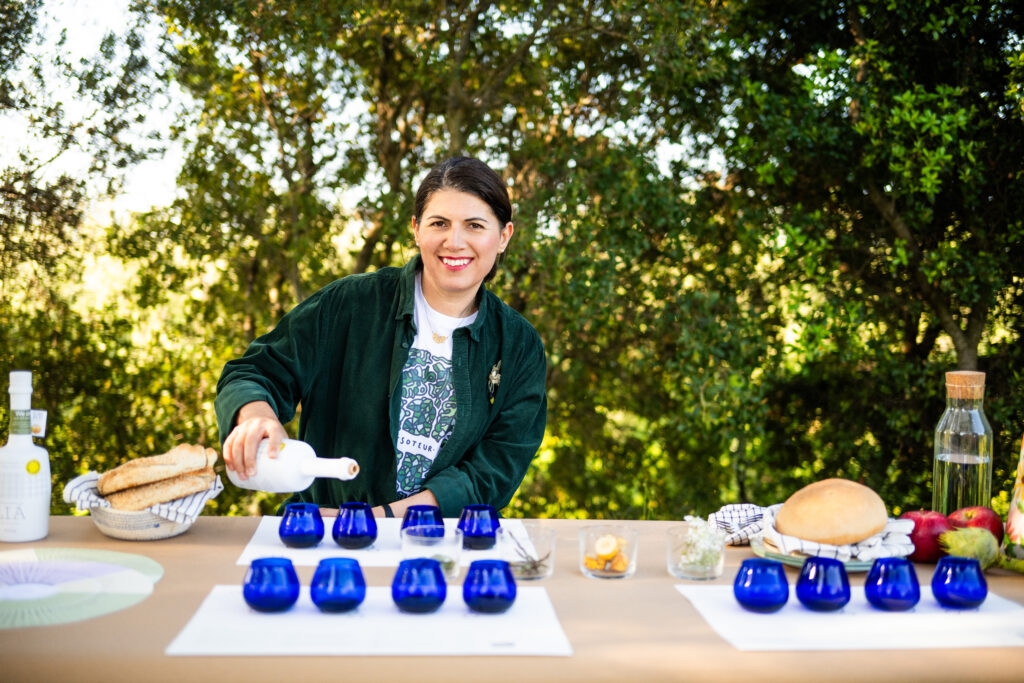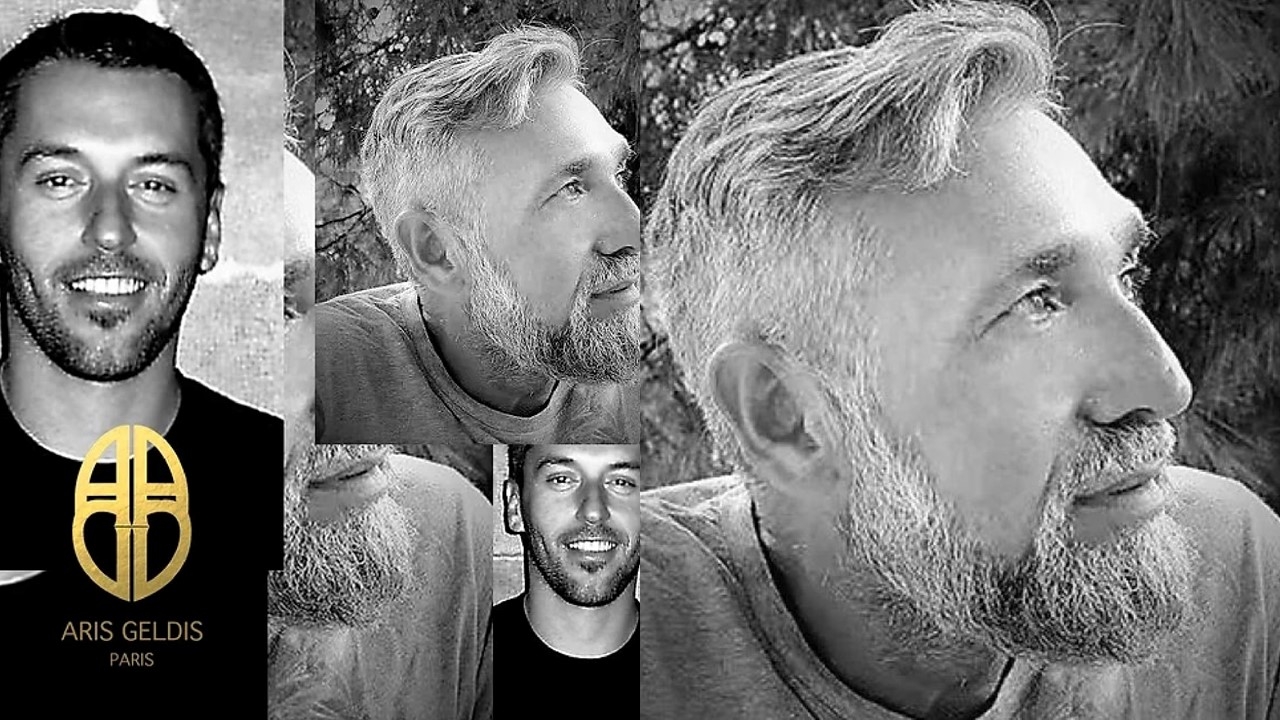In our pursuit of artistic insight and inspiration, we recently had the privilege of engaging in a captivating conversation with the immensely talented artist Maria Melissianou.
With a keen eye for detail and a passion for the ancient art of pottery, she brings a unique blend of tradition and innovation to her craft.
1.What led you to explore ceramics as a means of artistic expression? I have always loved creating with my hands. During my architectural studies in the UK, we bought- with a good friend- a secondhand kick pottery wheel and we started exploring wheel throwing.
The process was fascinating and meditative. After I returned to Greece, I knew that I had to dive into the art of ceramics. I now only use hand building techniques; I follow my intuition and lean into any mistakes.
I appreciate that creating with an impulsive attitude is the most freeing expression and absolute temerity.
2. Can you share with us a specific piece where your architectural background is evident in your ceramic work?
My architectural work is rectilinear, organized, and systematic, detail driven, and computer aided. My ceramics are the exact opposite, incurved, organic, intuitive, and spontaneous. I
t’s worth mentioning though that my studies and work has definitely been a good base and has helped me learn and understand the different processes of ceramic making faster and better, like scale and spatial qualities, structural compositions and material chemistry.
3. How does the act of eating together influence your artistic exploration of the table as a symbol?
The act of eating together has shaped me to the person I am today. I have grown and learned, studied, and talked about life around a table with my family, my classmates, my colleagues, and friends. It is a space made of and for memories.
Tracing back to my childhood I realized how much I enjoyed setting up the table, picked the tableware and the glassware according to occasion. Creating a festive tablescape has always been for me the best part of any celebration.
It all makes sense now that I create all those pieces myself from clay and it feels like a full circle moment.
4. Do you believe that the symbolism of a table extends beyond its physical presence?
Yes absolutely, the table as an object is a utilitarian piece of furniture but throughout our lifetime it is a space that captures memory in the eternal cycle of time. It becomes a space where time is transcribed in a tangible element.
How many photos do we all have of our birthdays, our family, our friends around a table? More than we know.
After 10 years in the UK where I studied architecture and worked in various offices, I returned to Greece and discovered ceramic art. It was a surprising liberation from the doctrine of architecture and the restrictive planning regulations.
This hand- crafting medium became a channel to self-expression as I began to create ceramic sculptures and everyday objects.
My innate love for the blue color, which represents life, is evident in my creations. The ceramic object loses all moisture in its final form, which is why I leave a blue imprint in memory of the water using different glazing techniques.
The sculptural forms of my ceramics derive from the nature and fluidity of the clay. I also create utilitarian ceramic objects which I incorporate into my architectural projects.
https://www.instagram.com/studio_marmel/

